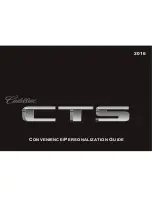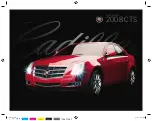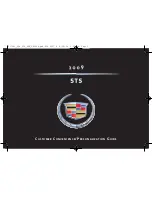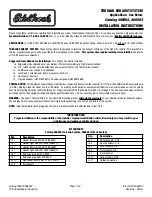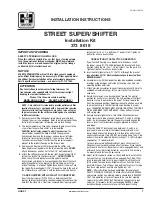
4- 2
CORROSION PREVENTION AND APPEARANCE CARE
E010A01A-AAT
CORROSION PROTECTION
Protecting Your Hyundai from Corro-
sion:
By using the most advanced design
and construction practices to combat
corrosion, Hyundai produces cars of
the highest quality. However, this is
only part of the job. To achieve the
long-term corrosion resistance your
Hyundai can deliver, the owner's co-
operation and assistance is also re-
quired.
E010C01A-AAT
High-Corrosion Areas
If you live in an area where your car is
regularly exposed to corrosive materi-
als, corrosion protection is particularly
important. Some of the common
causes of accelerated corrosion are
road salts, dust control chemicals,
ocean air and industrial pollution.
E010B01A-AAT
Common Causes of Corrosion
The most common causes of corro-
sion on your car are:
o Road salt, dirt and moisture that is
allowed to accumulate underneath
the car.
o Removal of paint or protective coat-
ings by stones, gravel, abrasion or
minor scrapes and dents which leave
unprotected metal exposed to cor-
rosion.
E010D01A-AAT
Moisture Breeds Corrosion
Moisture creates the conditions in
which corrosion is most likely to occur.
For example, corrosion is accelerated
by high humidity, particularly when tem-
peratures are just above freezing. In
such conditions, the corrosive mate-
rial is kept in contact with the car
surfaces by moisture that is slow to
evaporate.
Mud is particularly corrosive because
it is slow to dry and holds moisture in
contact with the vehicle. Although the
mud appears to be dry, it can still retain
the moisture and promote corrosion.
High temperatures can also acceler-
ate corrosion of parts that are not
properly ventilated so the moisture
can be dispersed. For all these rea-
sons, it is particularly important to keep
your car clean and free of mud or
accumulations of other materials. This
applies not only to the visible surfaces
but particularly to the underside of the
car.
E020A01A-AAT
TO HELP PREVENT CORRO-
SION
You can help prevent corrosion from
getting started by observing the follow-
ing:































